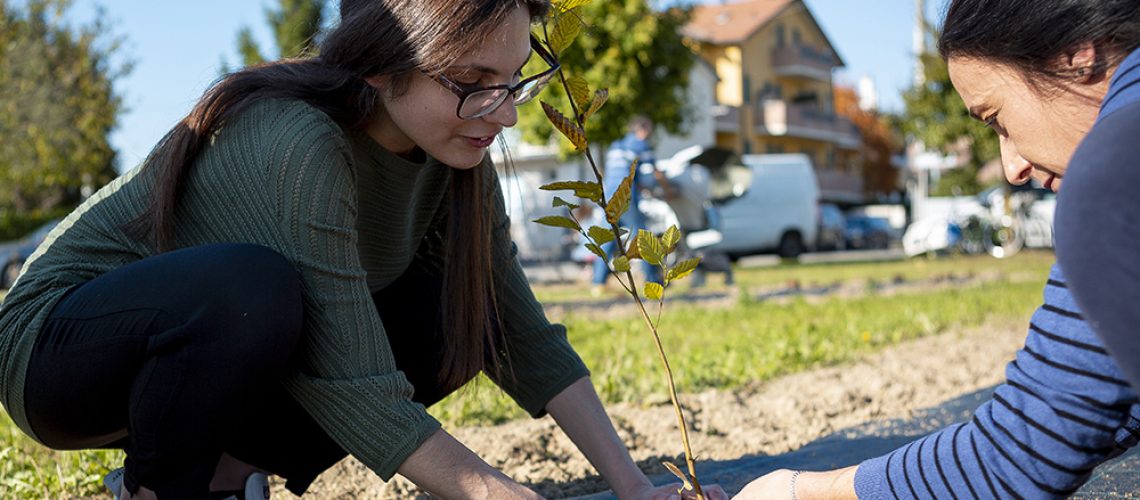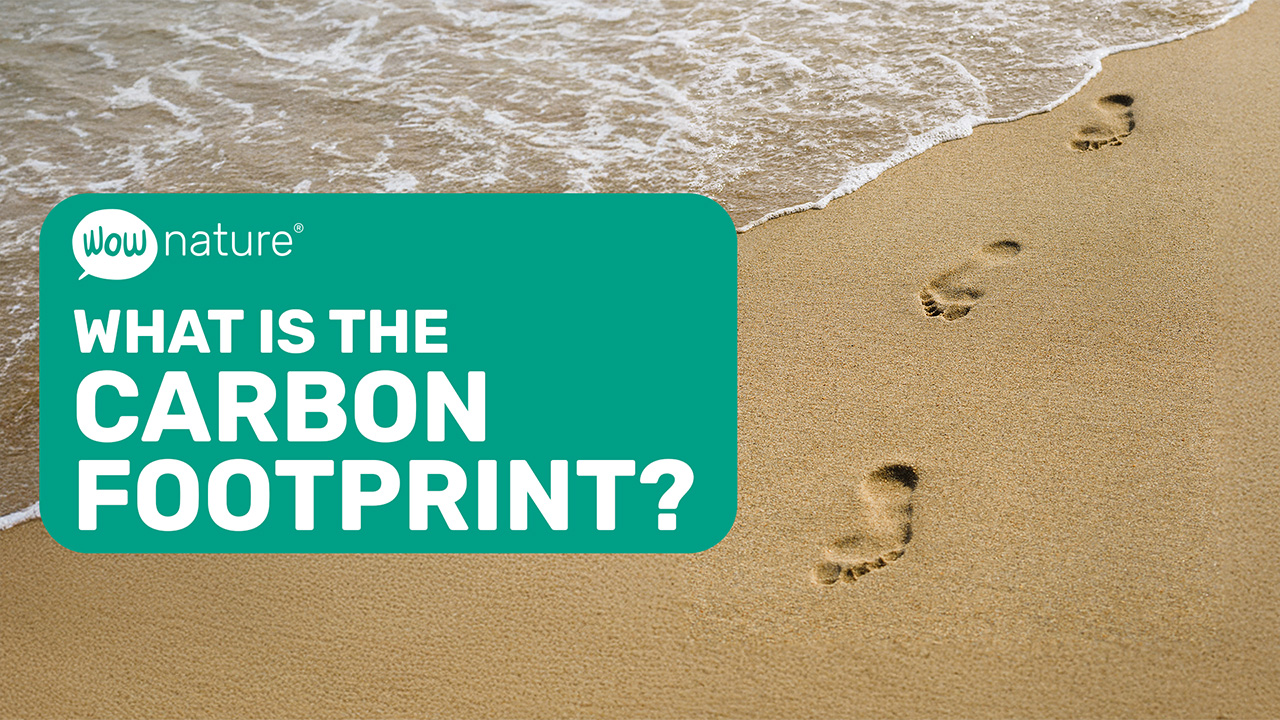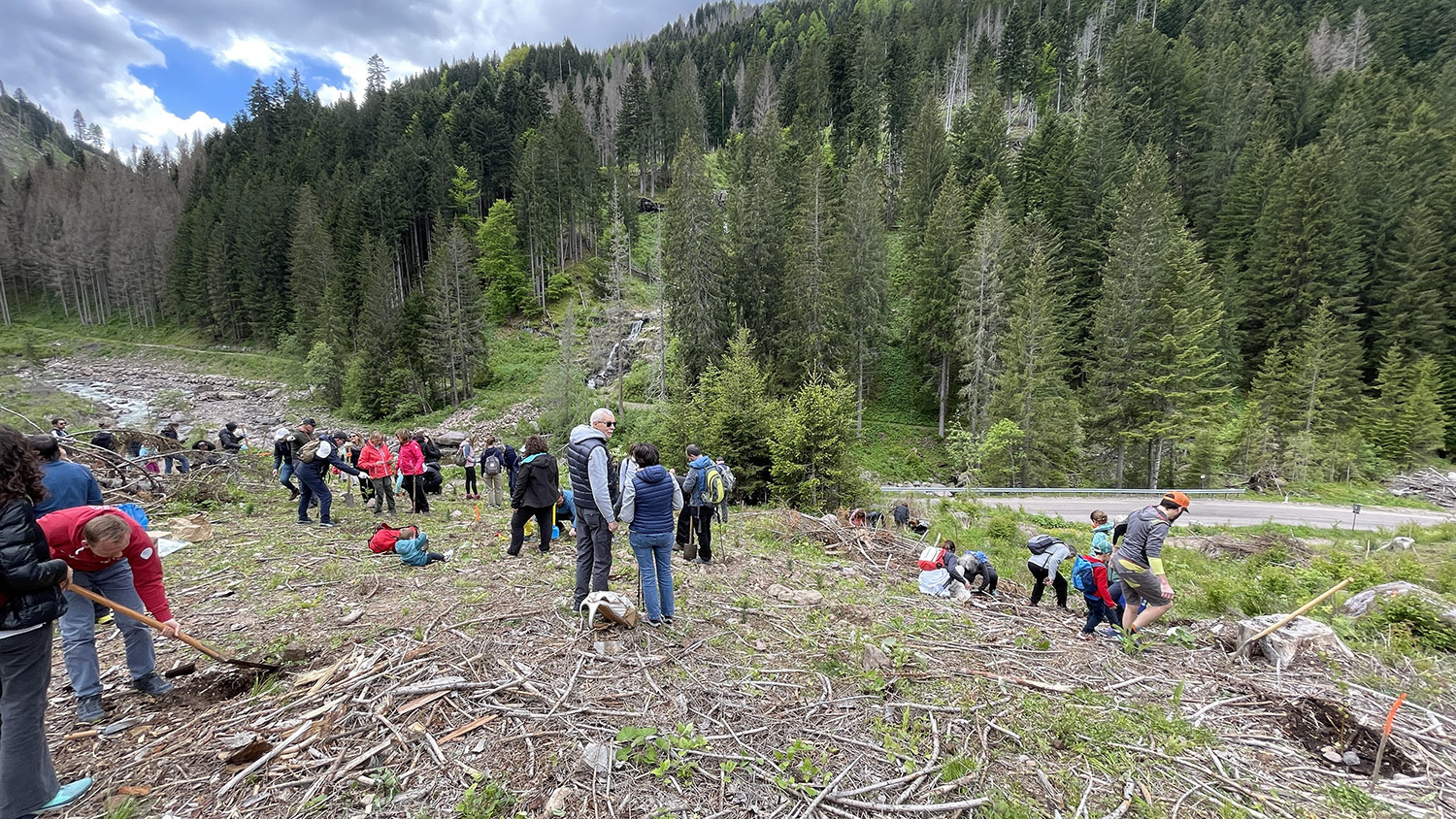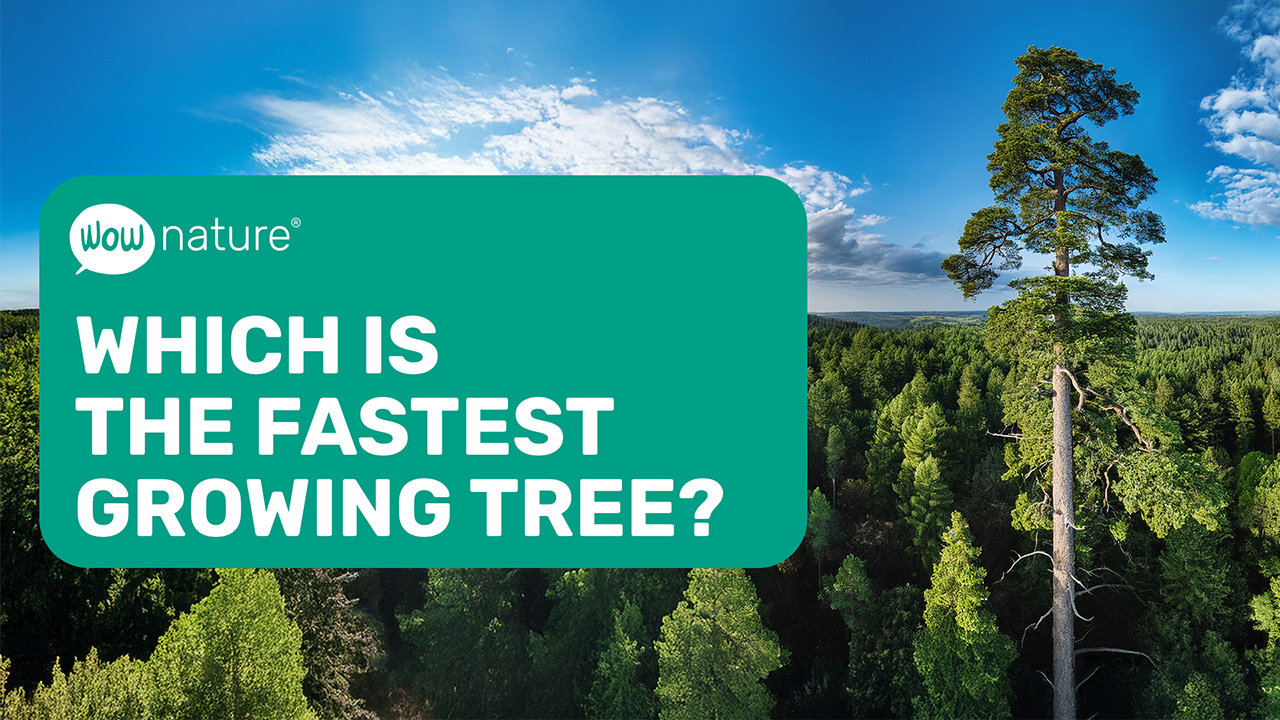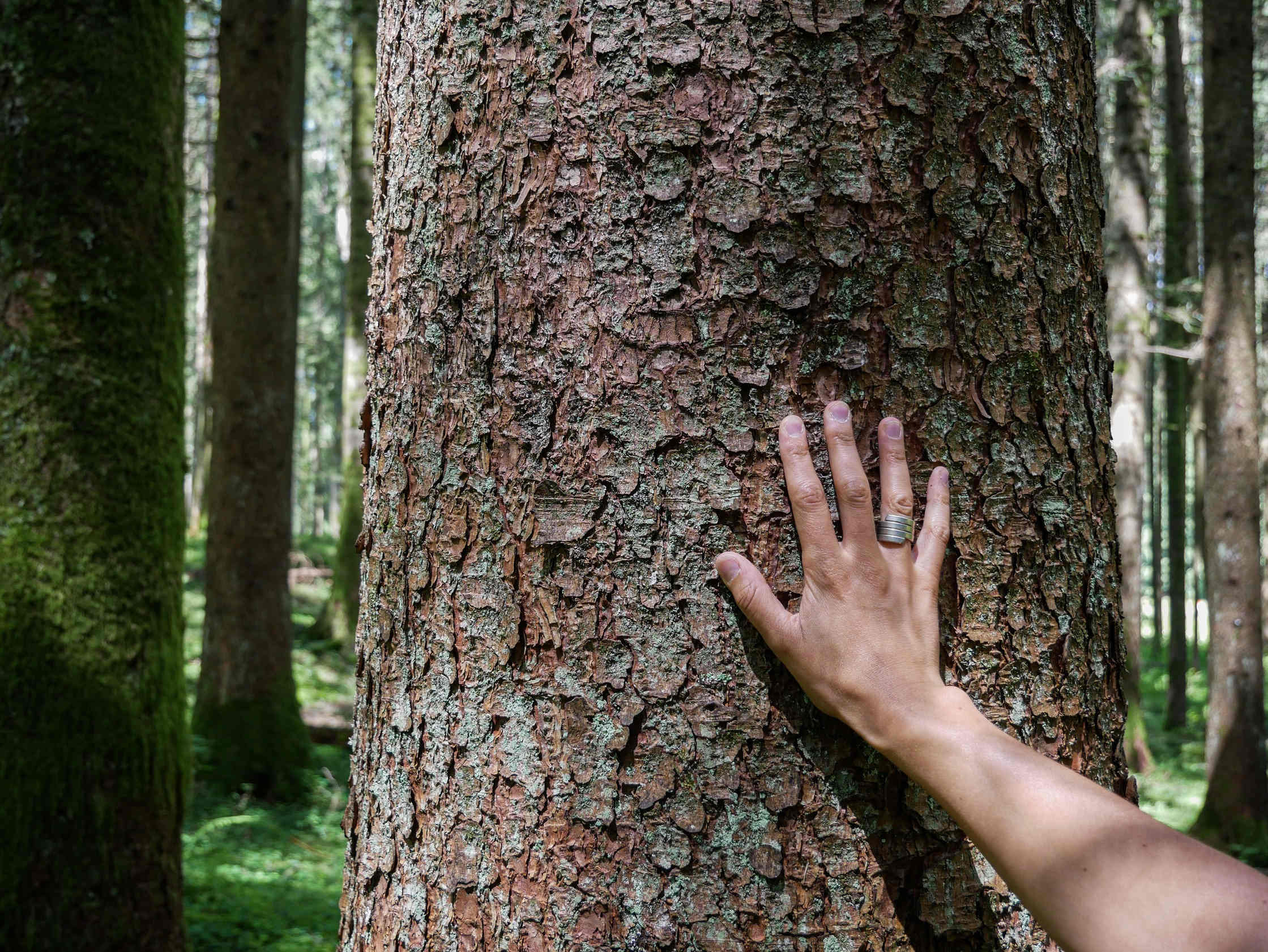
In order to make a city greener, restore a forest that was lost, or improve the habitat of local biodiversity and soil conditions, it is necessary to very carefully select, the trees that will be planted based on years of tree-planting experience.
Have you ever wondered how we choose our trees? Why this species and not another one? Why do we use young trees, rather than mature and fully-grown trees? Find out below!
When developing reforestation projects, the goal is to create new forested areas, widening existing ones or improving degraded ones. However, to do it in the best possible and safest way, there are some best practices to be followed, and rules to be respected, for the project to be successful.
Why do we choose young trees?
The young trees we choose, technically referred to as seedlings, are 1- or 2-year old plants. These specimens, being born in a nursery, are more resistant to droughts and wind. Moreover, they can adapt better to the new context where they are planted and don’t suffer from the transfer. Planting small trees, instead of adult ones, reduces water use and makes transportation more efficient, thus reducing CO2 emissions.
Once planted, less support and less maintenance than their older brothers. Then, there is the carbon (CO2) capture. The most recent studies say that the forests with the highest capacity of absorption of CO2 are exactly the ones that are growing, as opposed to (Pugh et al. “The role of forest regrowth in global carbon sink dynamics”). Research calculated that young growing forests contribute to the capture of about 25% of the total CO2 assimilated.
Why do we choose these species instead of others?
It’s never by chance. For instance, in the context of the project PadovaO2 we chose native species that can adapt to the local conditions and that are particularly good at absorbing air pollution and particulate matter such as PM10 (e.g. field maple performs very well). We favoured species that support local biodiversity, paying particular attention to pollinators (e.g. the flowering alder buckthorn, is particularly appreciated), species whose leaves degrade quickly without obstructing water drainage (e.g. the ash) and species that can resist heat waves and stress caused by the climate crisis (e.g. the evergreen oak). This was done also keeping the future function of the forest in mind, the limits that the city imposes (such as the proximity to houses, streets or electric lines) and many other variables.
What kind of materials do we use in our projects?
We are committed to minimizing waste and plastic consumption in all our projects, respecting nature and leaving it as “free” as possible: for this reason, in our projects you won’t find tree labels or plastic protection systems (shelters).
Sometimes, however, depending on specific necessities, such as in the case of some of the projects realized in Padova, the plastic cloth on the ground is needed to protect the young trees from invasive species and to keep water in the soil during the first years, so that the plants can grow quickly. In addition, the cloth makes the maintenance easier and faster, without causing damage to the plants, and without using any herbicide of any kind. Then, when the trees are strong enough, the plastic will be removed, recycled and disposed.
At the moment, there is no compostable material that can resist at least 3 years outdoors and that can be used for projects of this scale. The impact caused by plastic usage is balanced by the fact that, thanks to it, fuel consumption for maintenance is reduced to the minimum and the young trees can grow at double the speed with respect to non-protected ones. Furthermore, in urban areas, green spaces should be managed attentively, the plastic cloth attention to care.
Have any questions on how we realize our projects?
Keep following us and take a look at the FAQ section on our website =)



